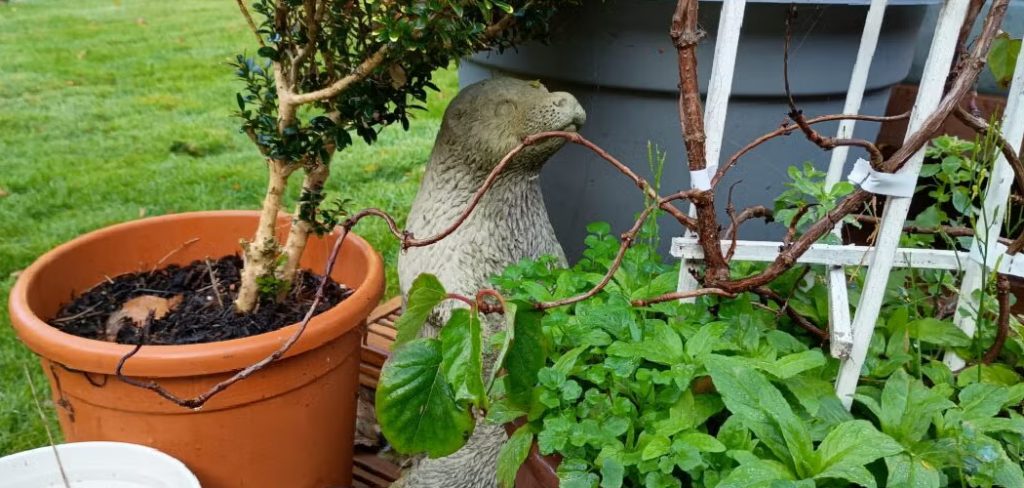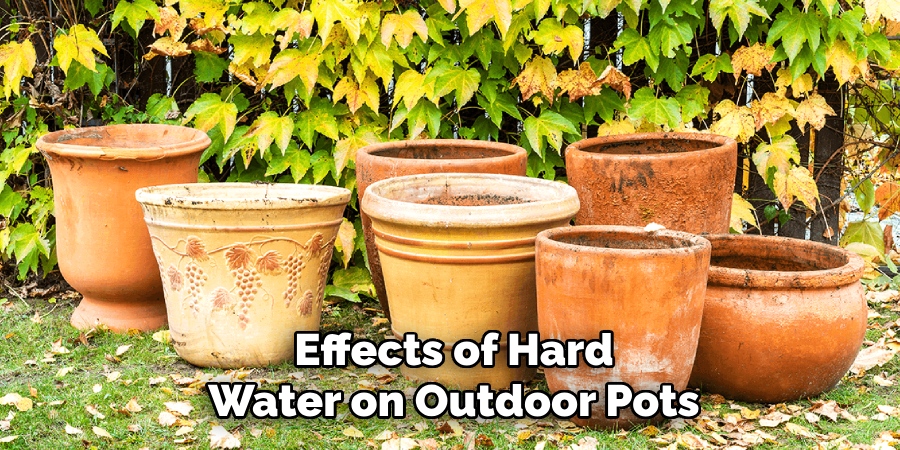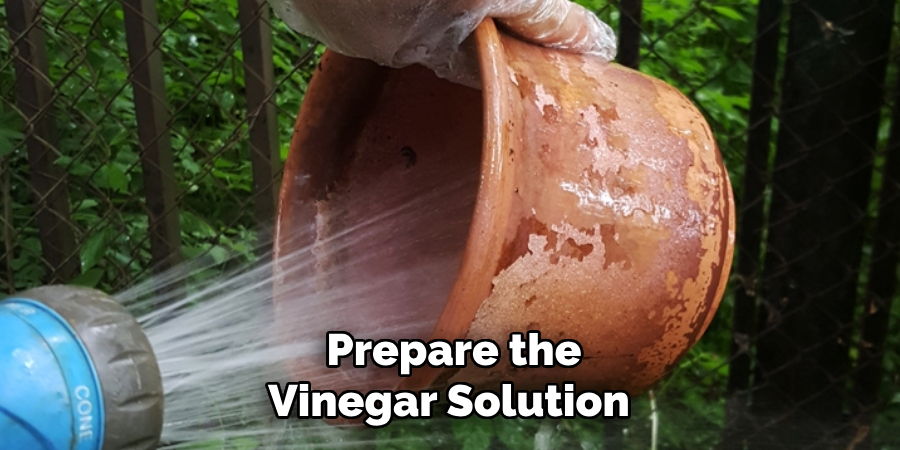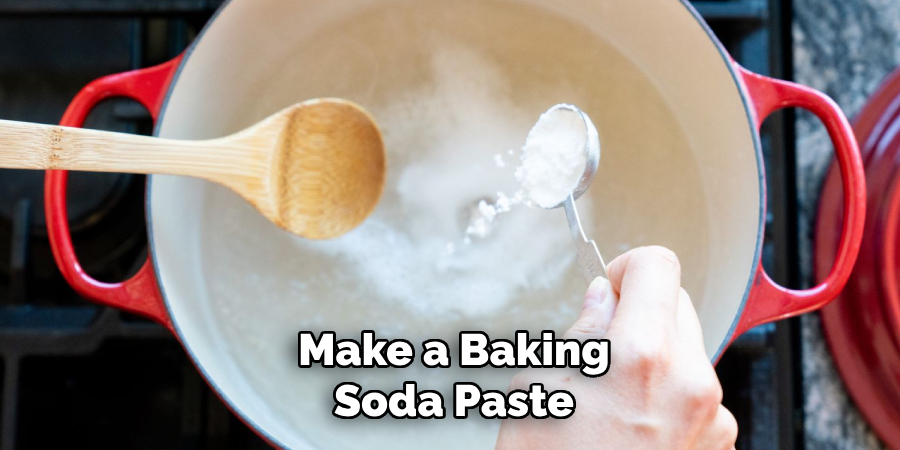Hard water deposits are a common issue for gardeners and outdoor enthusiasts. These deposits appear as a white, chalky, or crusty residue caused by the buildup of minerals like calcium and magnesium left behind when water evaporates. Outdoor pots are particularly prone to hard water deposits due to frequent watering, rain exposure, and minerals from fertilizers. Over time, these unsightly stains not only affect the aesthetic appeal of your pots but can also impact their longevity.

This article aims to provide you with a comprehensive, step-by-step guide on how to clean hardwater deposits on outdoor pots using a variety of effective and simple methods. Whether you’re preparing your pots for a new planting season or simply wish to restore their original beauty, this guide will make the process quick and easy.
Understanding Hard Water Deposits
What Are Hard Water Deposits?
Hard water deposits are a form of mineral buildup that occurs when water with high mineral content evaporates, leaving behind residues primarily made of calcium and magnesium. These deposits are common in areas with high water hardness levels, as the concentration of dissolved minerals in the water directly impacts the likelihood of buildup. Over time, these deposits accumulate and become more noticeable, creating a chalky or crusty appearance on outdoor pots.
Effects of Hard Water on Outdoor Pots
Hard water deposits can cause several problems for your outdoor pots. Visually, the stains often leave pots looking dirty, dull, and aged, detracting from their overall aesthetic appeal. Functionally, these deposits can reduce water absorption in porous pots, such as terracotta, limiting their effectiveness in hydrating plants. Additionally, the minerals may leach into the soil over time, potentially affecting plant health by altering the soil’s pH levels or nutrient balance.

Types of Pots Affected
- Terracotta: Particularly vulnerable due to their highly porous nature, making them prone to heavy mineral buildup and staining.
- Ceramic & Glazed Pots: Less absorbent but can still develop stubborn stains in areas where hard water frequently dries on the surface.
- Plastic & Metal Pots: Though less affected, these pots can still show some residue, especially if left exposed to hard water over an extended period.
Materials and Tools Needed
Cleaning Agents
- White Vinegar: A natural acid that effectively dissolves mineral deposits and hard water stains.
- Baking Soda: A mild abrasive perfect for scrubbing away stubborn residue without damaging surfaces.
- Lemon Juice: An alternative natural acid for breaking down mineral buildup while leaving a fresh scent.
- Hydrogen Peroxide: Ideal for deep cleaning and disinfecting pots, ensuring no harmful bacteria or mold remains.
- Dish Soap: Useful for removing general dirt, grease, and grime accumulated on pot surfaces.
Tools
- Scrub Brush or Old Toothbrush: For detailed scrubbing, especially in hard-to-reach crevices and intricate designs.
- Soft Cloth or Sponge: Gentle options for surface cleaning without causing scratches.
- Bucket or Large Container: Necessary for soaking the pots in a cleaning solution to loosen stains.
- Garden Hose or Running Water: Easily rinses off debris and cleaning agents thoroughly after scrubbing.
- Gloves: Protects your hands from strong cleaning agents and prevents skin irritation during the cleaning process.
These materials and tools ensure that pots of all types, from terracotta to plastic, can be cleaned effectively, extending their lifespan and maintaining their aesthetic appeal.
How to Clean Hardwater Deposits on Outdoor Pots: Vinegar Soak for Heavy Deposits
If your garden pots have accumulated heavy mineral deposits, a vinegar soak can be an effective cleaning method. This technique is especially useful for removing tough stains and restoring the pot’s original appearance.
Step 1: Prepare the Vinegar Solution
Begin by mixing equal parts white vinegar and water in a large container. For pots with particularly severe deposits, undiluted vinegar can be used to increase the solution’s potency.

Step 2: Soak the Pot
Place the pot entirely into the vinegar solution, submerging it fully. Allow it to soak for 30 minutes to 1 hour. Pour the vinegar solution directly over the affected areas for larger pots that won’t fit in the container, ensuring good coverage.
Step 3: Scrub and Rinse
After soaking, use a scrub brush to gently scrub the pot, focusing on areas with loosened mineral deposits. The vinegar will have softened the buildup, making it easier to remove. Once cleaned, thoroughly rinse the pot with a garden hose or running water to remove all residue.
Step 4: Dry the Pot
After rinsing, allow the pot to air dry completely before refilling it with soil or planting. Proper drying prevents moisture retention, which could lead to further stains or damage.
This method is simple yet highly effective for maintaining the quality and appearance of your garden pots, ensuring they remain in excellent condition for future use.
How to Clean Hardwater Deposits on Outdoor Pots: Baking Soda Scrub for Stubborn Stains
Sometimes, hard water stains can be particularly stubborn and require a more targeted approach. Using a baking soda scrub is an effective method to tackle these persistent blemishes and restore your garden pots to their original condition.
Step 1: Make a Baking Soda Paste
To begin, create a thick paste by mixing baking soda with a small amount of water. The ratio should be approximately three parts baking soda to one part water, allowing you to achieve a consistency that is easy to work with. Baking soda serves as a mild abrasive cleaner, making it ideally suited for removing tough stains without damaging your pots.

Step 2: Apply and Scrub
Next, apply the baking soda paste directly to the hard water stains. Spread the paste evenly over the affected areas, ensuring thorough coverage. Using a brush, sponge, or cloth, gently scrub the stained surfaces in circular motions. For terracotta or ceramic pots, avoid using abrasive tools that could scratch or damage the material. The gentle scrubbing motion, combined with the cleaning properties of the baking soda, will help lift away the hardened residue.
Step 3: Rinse and Repeat if Necessary
After scrubbing, rinse off the baking soda paste with clean running water. Inspect the pot to see if the stains have been completely removed. You may need to reapply the paste and repeat the scrubbing process for particularly stubborn stains. This method is simple, cost-effective, and eco-friendly, ensuring that your pots remain clean and ready for reuse.
Lemon Juice or Hydrogen Peroxide for Spot Treatment
Using Lemon Juice
For a natural and citrus-scented solution, cut a fresh lemon in half and rub it directly onto the stained areas of your pot. The acidity of the lemon helps to break down grease and stains, making them easier to remove. Allow the lemon juice to sit on the surface for 10-15 minutes to maximize its effectiveness. Afterward, scrub the area with a non-abrasive sponge or brush, then rinse thoroughly with clean water. This method is gentle on pots and leaves behind a fresh, clean scent.
Using Hydrogen Peroxide
Hydrogen peroxide is an excellent alternative for tougher stains. Simply pour a small amount directly onto the stained areas, ensuring they are fully covered. Allow the peroxide to sit for approximately 10 minutes to work on loosening the stubborn residue. Then, scrub the area with a brush or sponge until the stains are lifted.
Final Rinse and Drying
After completing the chosen method, rinse the pot thoroughly with water to remove any remaining lemon juice or peroxide. Finally, allow the pot to air dry, or wipe it with a clean, dry kitchen towel. These methods are highly effective for spot treatments, ensuring your cookware is both clean and stain-free.
Preventing Future Hard Water Buildup
Use Filtered or Rainwater for Watering
Switching to filtered or rainwater for watering your plants can greatly reduce the minerals left behind on your pots. Hard tap water often contains high levels of calcium and magnesium, which contribute to unsightly stains and mineral buildup over time. By using water with fewer impurities, you can proactively minimize residue on your pots and keep them looking pristine.

Apply a Water-Resistant Sealant to Porous Pots
Applying a water-resistant sealant can provide an extra layer of protection for pots made of porous materials like clay or terracotta. This prevents the material from absorbing minerals and moisture, reducing the likelihood of stains forming. Choose a sealant specifically designed for plant pots to ensure it remains safe for your plants while keeping the pot’s surface smooth and easy to clean.
Regular Cleaning and Maintenance
Routine upkeep is key to avoiding the buildup of hard water stains. Wipe down the exterior and interior of your pots monthly with a vinegar solution to dissolve any mineral residues before they become stubborn. Additionally, ensure you do not allow water to pool in trays or bases, as this can create optimal conditions for buildup. Regular maintenance will keep your pots in top condition and extend their lifespan.
Conclusion
When it comes to addressing “how to clean hardwater deposits on outdoor pots,” a few methods stand out for their effectiveness. A vinegar soak can work wonders in dissolving stubborn mineral deposits for deep cleaning. Baking soda is ideal for scrubbing away residues gently, while lemon juice or hydrogen peroxide can target particularly tough stains without damaging your pots. Regular maintenance, such as monthly cleanings and proactive care, is essential to prevent future buildup and extend the longevity of your pots. Always choose the cleaning method based on your pot’s material and the severity of the stains for the best results.
Toby Rede is a professional potter focused on creating functional and artistic ceramics. His work blends natural textures with modern forms, often inspired by sustainable gardening and outdoor environments. Toby’s pottery emphasizes both utility and beauty, reflecting his philosophy of intentional craftsmanship. On the blog, he shares insights on integrating handmade objects into everyday life.
Education
- Associate Degree in Ceramic Technology, Alfred University
Professional Focus
- Pottery creation with a focus on functionality and artistic expression
- Techniques exploring texture, glazing, and sustainable materials
Professional Accomplishments
- Work featured in regional art shows and garden exhibitions
- Collaborations with local craft fairs and home decor shops

